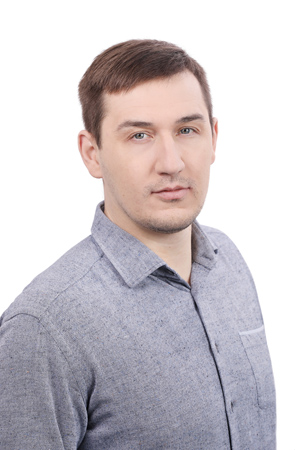Causes, symptoms and treatment of breast cyst
A pathology in the form of a capsule with liquid contents that develops in the ducts of the mammary gland is called a cyst. The neoplasm can be single or multiple, develop asymptomatically and be accompanied by hormonal changes. Breast cyst treatment should be carried out at a professional level until complete recovery, isolated cases of the transformation of the neoplasm into a malignant tumor are known.
Causes of breast cysts
The main reason for the formation of a neoplasm in the ducts of the mammary gland is a violation of the hormonal background. Excessive growth of tissue occurs, which leads to blockage of the duct and the formation of a cyst. Provocative factors:
- constant stresses and unnecessary worries;
- prolonged mental and physical exertion;
- emotional tension.
The causes of a cyst in the breast can be present for a long time, but not lead to the formation of a tumor. The start of development requires an impetus, which can be a sharp change in the hormonal background, a decrease in immunity. Pathology begins active development only under the combination of several factors.
A neoplasm can occur after a breast injury, surgical intervention in this part of the body, long-term use of hormonal oral contraceptives. Breast tissue is very delicate and can deform even with minor trauma. And traumatic edema and hematoma can give impetus to the development of a cyst.
Symptoms of breast cyst
If the neoplasm is small in size, the patient will not be bothered by any symptoms, the disease is usually diagnosed during a preventive examination by a mammologist or during a mammogram within the dispensary.
As soon as the cyst begins to grow, a woman may be bothered by:
- constant aching, pulling pains;
- a burning sensation in the location of the tumor;
- tightness in the chest.
Symptoms of a breast cyst are especially pronounced during the period of inflammation. The patient's body temperature may rise, the shape of the affected mammary gland may change, and the skin color may change from natural to markedly red.
Classification
There are several types of breast cysts:
- Atypical. It is considered a benign neoplasm with growths protruding into the cavity. During the diagnosis and during the treatment, a puncture of an atypical cyst of the mammary gland must be performed, which allows you to monitor the structure of the cells and detect the beginning of malignancy in time.
- Fibrous. Belongs to background diseases in breast oncology. It most often develops in the climacteric period, which is associated with hormonal changes in a woman's body. Fibrous cysts of the mammary glands of small size do not bother a woman and the clinical picture "reveals" only with active growth.
- Solitary. Benign changes in the ducts of the mammary glands that do not pose a threat to health and life. The treatment consists in stabilizing the hormonal background.
- Protokova. It is often diagnosed at the age of 48 and older. The cyst is a precancerous condition, although it is considered a benign neoplasm. It is usually diagnosed by chance. At later stages of development, the pathology is accompanied by the formation of palpable seals and the discharge of a whitish or bloody liquid from the nipples. A ductal cyst of the mammary gland on ultrasound looks like a dark spot without a shape and clear boundaries.
- Multi-chambered. The most dangerous type of breast cyst, because in most cases it transforms into a malignant tumor.
How to treat a breast cyst
If suspicious signs appear, you should contact a mammologist. He will diagnose and select treatment. Therapy is prescribed for small cysts (up to 0.5 cm in diameter). Most often, a therapeutic puncture is performed - a puncture is made in the cyst, the cyst is pumped out of its capsule, and medications are administered that contribute to its resorption.
The doctor decides how to treat a breast cyst. The set of activities is selected individually. Cysts are often treated with hormone replacement therapy, for which the patient must undergo an examination by an endocrinologist and find out what exactly disturbed the hormonal background. Such treatment not only leads to recovery, but also prevents the appearance of cysts in the future.
Surgical intervention is prescribed only in the case when it is not possible to stop the growth of the tumor with drugs and there is a high risk of its cells becoming malignant. The operation is prescribed in the presence of multiple cysts. Breasts are not removed after surgery to remove multiple cysts of the mammary glands, doctors preserve their shape and size as much as possible. In some cases, additional plastic may be required.
What to do with signs of a breast cyst, which doctor to make an appointment with and what to pay attention to when choosing a clinic - these questions are answered on the pages of our website Dobrobut. com.
Related services:
Ultrasound examination
Mammography












